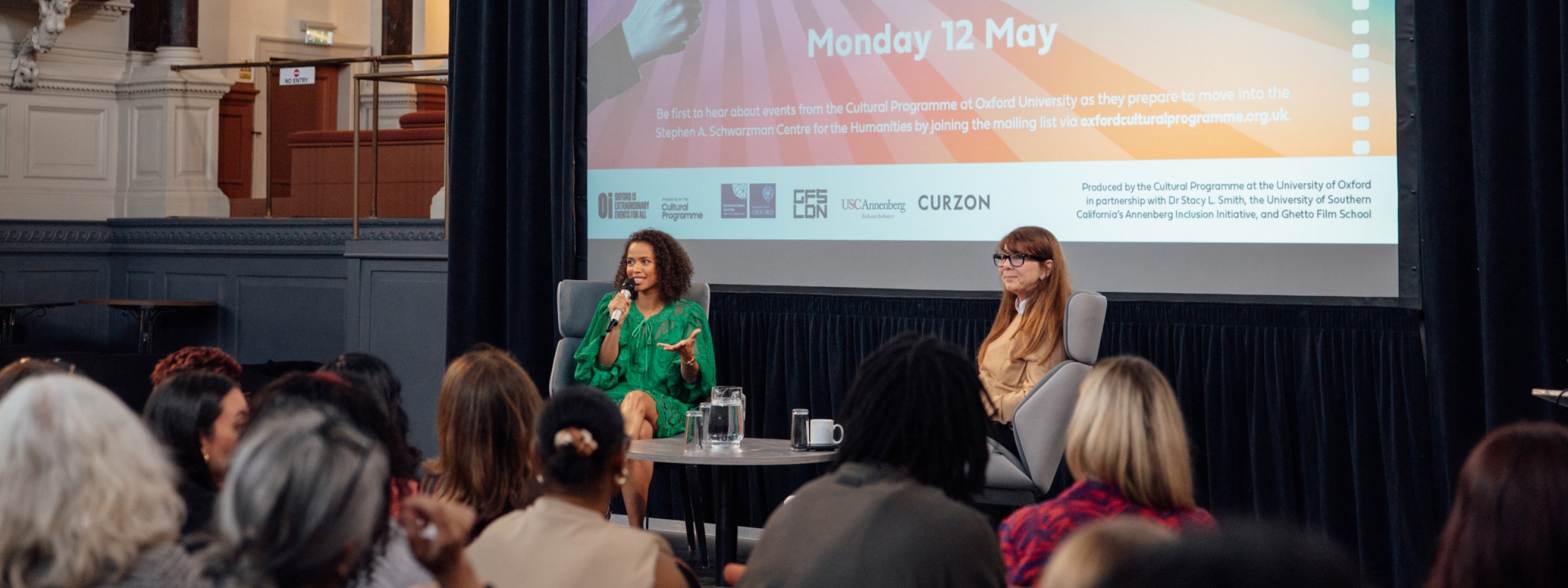Annenberg Inclusion Initiative
@Inclusionists

The Annenberg Inclusion Initiative, led by Dr. Stacy L. Smith, is the leading think tank in the world studying diversity and inclusion in entertainment through original research and sponsored projects. Beyond research, the Annenberg Inclusion Initiative develops targeted, research-based solutions to tackle inequality.
Visit our website:
Annenberg Inclusion Initiative Website